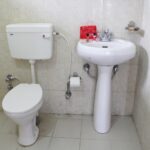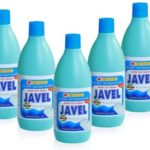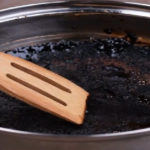When it comes to cleaning, we often think of countless methods and tools. But of course, nothing is free, and we’ve had to pay a lot for them.
However, a clever suggestion for you is an extremely effective, chemical-free, and, most importantly, cost-free cleaning method.
Rice is a natural ingredient that we cannot live without. But did you know that rice starch water is an incredibly valuable resource that we can use to clean objects around the house simply, easily, and spotlessly?
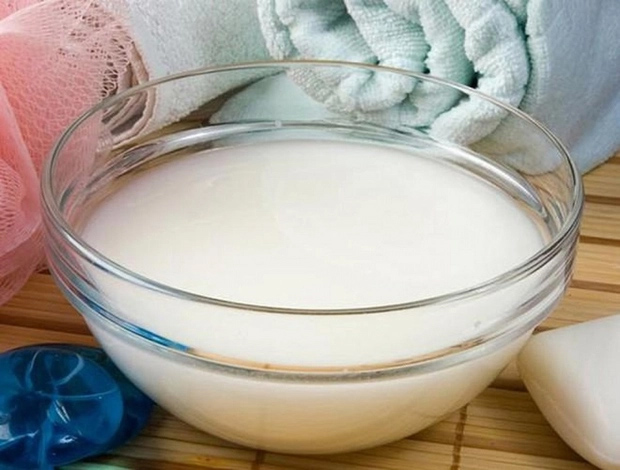
Instead of wastefully discarding the rice starch water before cooking, you should know that it contains a lot of starch and minerals from the rice surface. Thus, it has many useful applications.
Now, all you need to do is collect the rice starch water in a container and use it as a cleaning agent instead of the chemicals you’re paying for and that may be affecting your health. Rice starch water can be used to wash dishes, clean the kitchen, and various household items…
The recommendation to use rice starch water for cleaning has been affirmed by experts, and rest assured that it is very safe and has no side effects.
However, rice starch water will not completely clean greasy items. Detergents that disperse oil and grease are alkaline, with a pH of 8 or higher. On the other hand, rice starch water is slightly acidic, with a pH of around 6. Therefore, it won’t be effective for cleaning greasy items.
Acidic detergents are excellent at removing minerals, such as water scale or light rust. So, go to town with rice starch water on your bathroom tiles, kitchenware, ceramic toilet bowls, copper pans, and any other items you might usually clean with vinegar or lemon juice. Although rice starch water is only very mildly acidic, it’s still best to avoid using it on surfaces that can be damaged by acidic detergents, such as stone and unglazed mortar.
So, remember to use rice starch water only for cleaning non-greasy items, such as household items, bathtubs, and sinks. And, because rice starch water is also acidic, avoid using it on items prone to rust.
How to Make Rice Starch Water for Cleaning
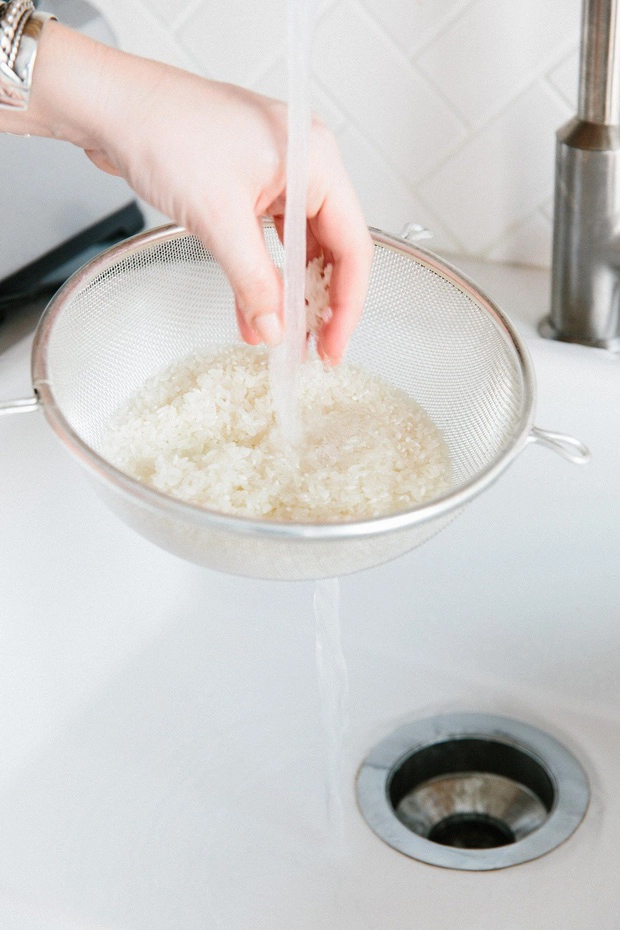
Soak a bowl of rice in water and rub the rice with your hands until the water turns cloudy. Separate the water from the rice. You can cook the rice without rinsing it again. As for the rice starch water you’ve just collected, soak a clean cloth in it and use it to wipe down and clean the surfaces and objects you want to clean.
If you have any rice starch water left over or if you’ve made more than you need for the day, you can store it in a sealed container in the refrigerator for up to a week.
With just a few simple and familiar steps, you’ve learned an incredibly useful, safe, and cost-effective cleaning method.
According to Vietnamese Women’s Newspaper
The Ultimate Guide to Toilet Cleaning: A Scientific Approach
Introducing the Ultimate Guide to Toilet Cleaning: Scientific Methods for a Sparkling Bathroom.
Toilet cleaning doesn’t have to be a daunting task. With our expert tips and tricks, you’ll transform your bathroom into a sparkling, hygienic space, effortlessly and efficiently. Say goodbye to grime and hello to a fresh, clean toilet!
The Ultimate Guide to Using Washing Machine Cleaner Powder
Introducing the revolutionary Washing Machine Cleaner – a game-changer in the world of laundry and an instant hit with the savvy homemakers. However, many are still unaware of how to harness the power of this innovative cleaning powder. Get ready to transform your laundry experience with our easy-to-follow guide on using Washing Machine Cleaner.

























